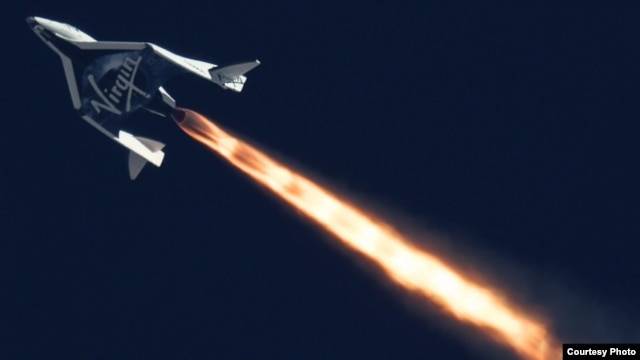The ancient Soviet NK-33 is likely the cause of the explosion of the unmanned transport rocket developed by private companies. The Antares rocket accomplished four successful transport operations so far but one of the NK-33 engines exploded during tests. Months ago another privately developed rocket´s launch had to be canceled. The happenings raise the question if the NASA´s strategy of outsourcing development was the right decision.
Unmanned U.S. supply rocket for space station explodes on liftoff Reuters
Unmanned U.S. supply rocket for space station explodes on liftoff Reuters


